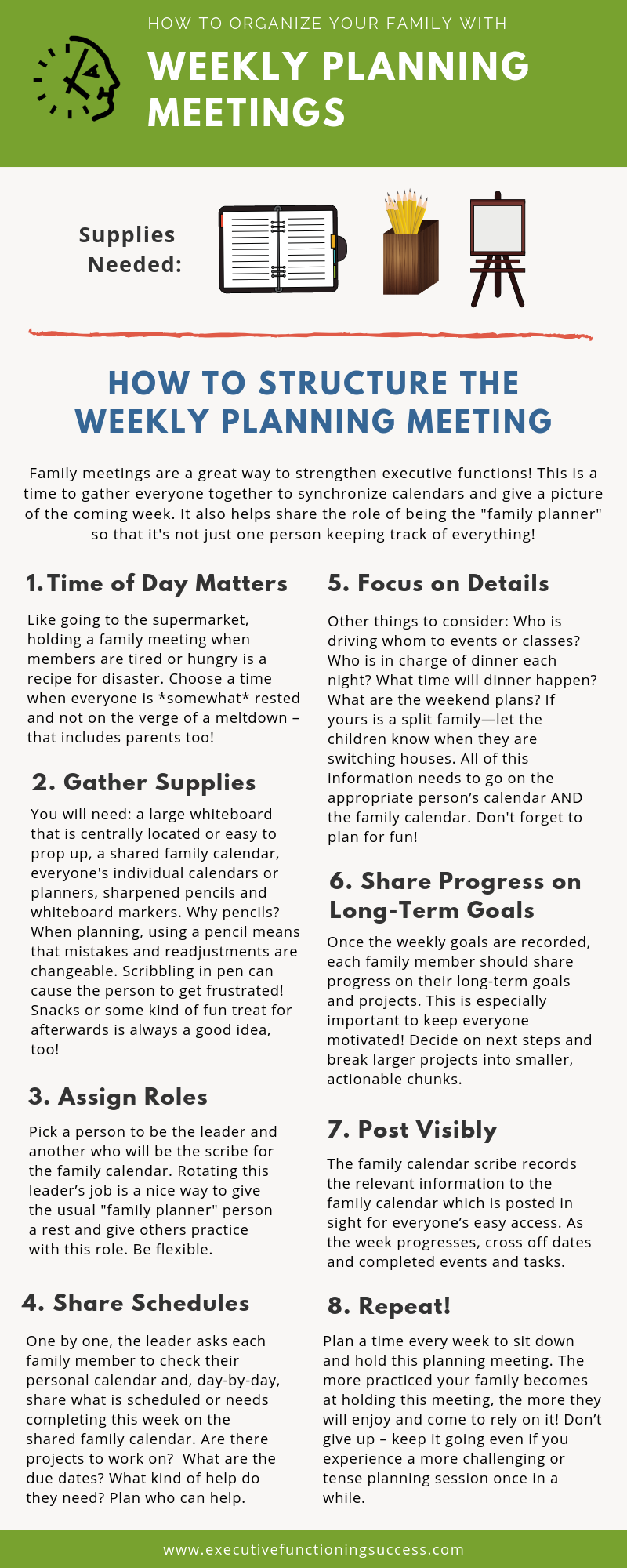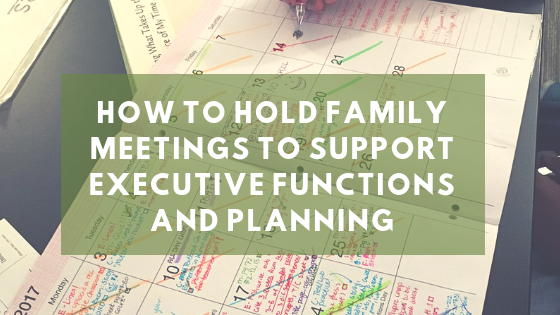It is very typical for one parent in a family to be the Family Calendar Keeper, what I call the Executive Functioning Machine for the whole family.
By the time that family gets to my table for their Seeing My Time private sessions, the Executive Functioning Machine is tired of the role and wants other members to be more responsible. They are sick of always reminding and nagging others to do with they need to do. They’re frustrated with last minute scheduling conflicts with teens or spouses.
In the third unit of the Seeing My Time workbook, I suggest that the family set up a designated time each week for a family meeting. In its simplest form, this is a time to gather everyone together to synchronize their calendars and give everyone a picture of who needs to be doing what and when during the coming week. It shouldn’t take long. This is particularly beneficial for families with one or more members who struggle with their executive functions!
One of my recent clients wanted an writeup of what such a meeting might look like. Here is what I provided her with.
Purpose of the Meeting:
To avoid time management conflicts with family members and determine how family members will be helping each other meet goals or tasks needing to be completed in the coming week.
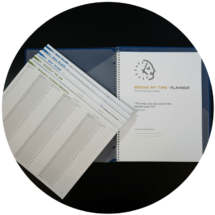
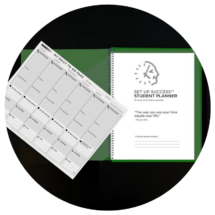
Materials Needed:
- A family calendar—on paper or a dry erase board, that is kept in sight for everyone to see. If you use the Seeing My Time Adult Planner System and Set Up Success Student Planner, grab those!
- Individual family members each bring their calendar or school agenda/planners. These may be paper or electronic
- Pencils or dry erase marker
- Optional—Completed Seeing My Time workbook
How to Run the Meeting
You will find a shareable / printable image at the end of this page to use as a reminder if you need it!
1. Gather Supplies.
2. Choose the Right Time of Day. Like going to the supermarket, holding a family meeting when members are tired or hungry is a recipe for disaster. Choose a time when everyone is *somewhat* rested and not on the verge of a meltdown – that includes parents too!
3. Assign Roles. Pick a person to be the leader and another who will be the scribe for the family calendar. The scribe needs good handwriting. Rotating this leader’s job would be a nice idea to give the Family Executive Functioning Machine a rest and give others practice with this role. Be flexible.
4. Share Schedules. One by one, the leader asks each family member to check their personal calendar and, day-by-day, share what is scheduled or needs completing this week. Are there projects to work on? What are the due dates? Put due dates on the family calendar. What kind of help do they need?
5. Think of the Details. Other things to consider: Who is driving whom to events or classes? Who is in charge of dinner each night? What time will dinner happen? What are the weekend plans? If yours is a split family—let the children know when they are switching houses.
All of this information needs to go on the appropriate person’s calendar and the family calendar.
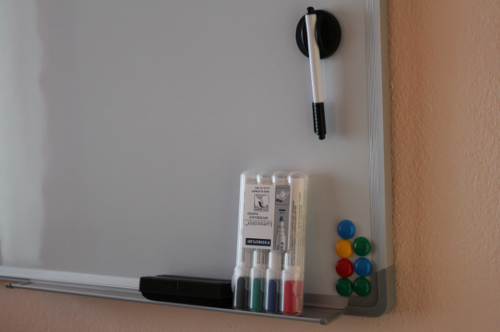
6. Post in a Visible Area. The family calendar scribe (the one with the best handwriting), records the relevant information to the family calendar which is posted in sight for everyone’s easy access. They should also advise individuals of any of the events on the family calendar which impacts a particular family member’s week, such as a dentist or doctor appointment. These events need to be transferred to the appropriate individual calendar.
These are the basics of a family meeting. If you want to move your life forward to a higher level to work on your long term future goals, consider adding one or more of these add-ons:
If you have completed the Seeing My Time course, have all family members spend about three minutes reviewing their workbook from front to back. Each person should then share a time management strategy they want to get better at using. Perhaps they could share their key idea from their review.
7. Share Progress and Wins! Each family member should share progress on their long-term goals. This is especially important to keep everyone motivated!
8. Plan for Future Goals. Every three to six months, have everyone draw a picture of what they’d like to have accomplished in the coming time period. Remember to share your pictures!
9. Repeat! Plan a time every week to sit down and hold this planning meeting. The more practiced your family becomes at holding this meeting, the more they will enjoy and come to reply on it! Don’t give up – keep it going even if you experience a more challenging or tense planning session once in a while.
Practicing the family meeting will help with everyone’s time management and family communication. Try it, over and over and over again, to develop the habit to support the whole family’s executive functioning success. It will make a big difference for everyone!
This article first appeared in a 2010 blog post by Marydee Sklar, entitled The Family Meeting: Four Steps for Executive Functioning Success. It has been updated for accuracy and current content.
